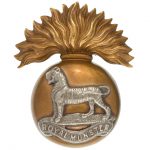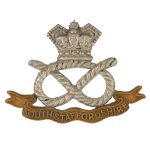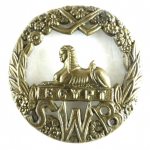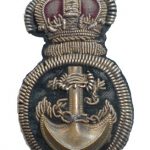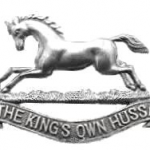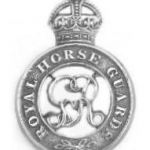
This unit was raised in 1661, making it one of the oldest cavalry regiments in British Army history. The Royal Dragoons sailed in the beginning of November 1899 to South Africa to fight in the Boer War and arrived at Durban about the 26th of the same month. The regiment was immediately employed in the relief of Ladysmith. They were also present at Colenso on the 15th December but was not heavily engaged.
Colonel Burn-Murdoch of the 1st Royal Dragoons was left in command at Spri...
Read More


